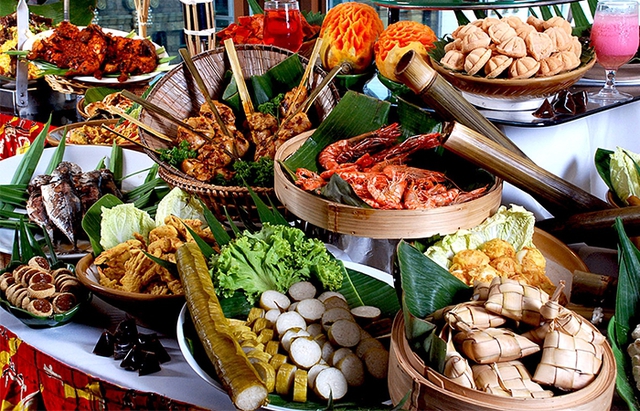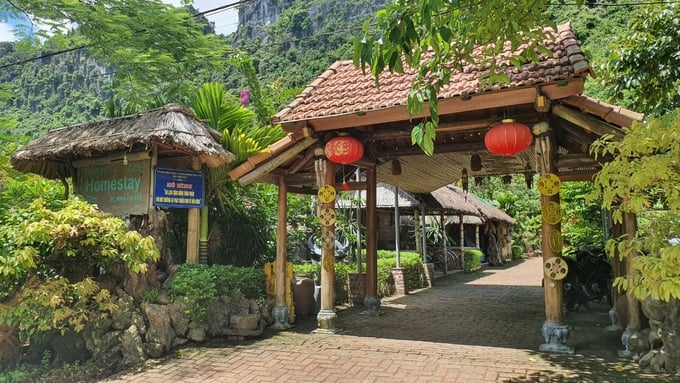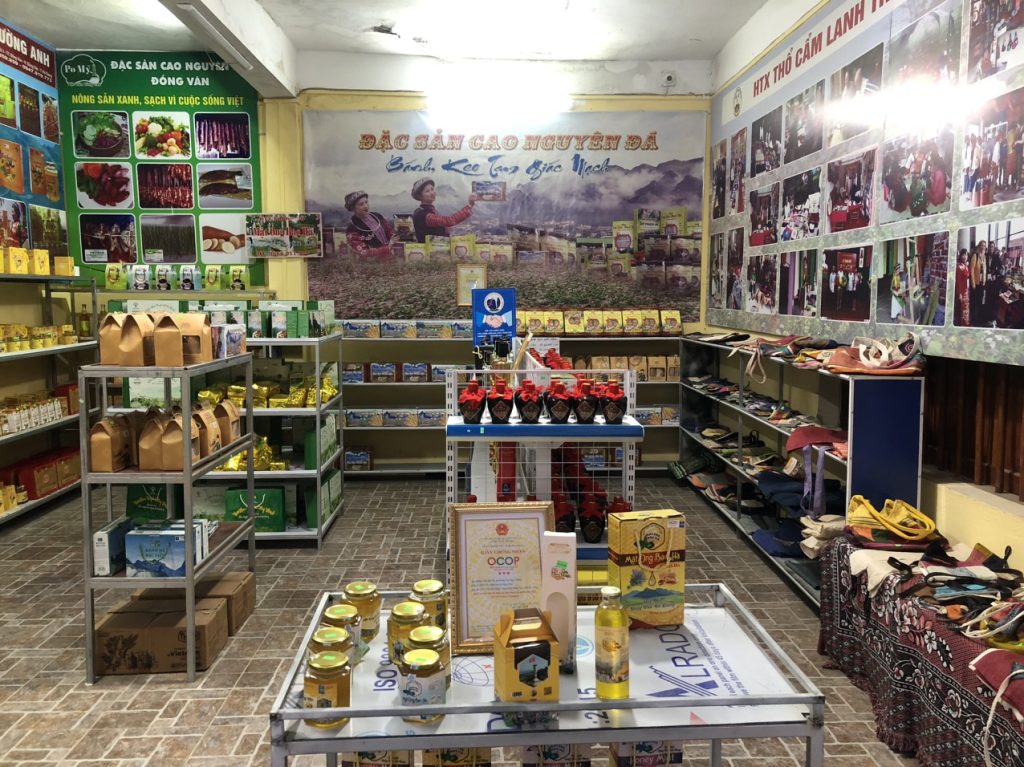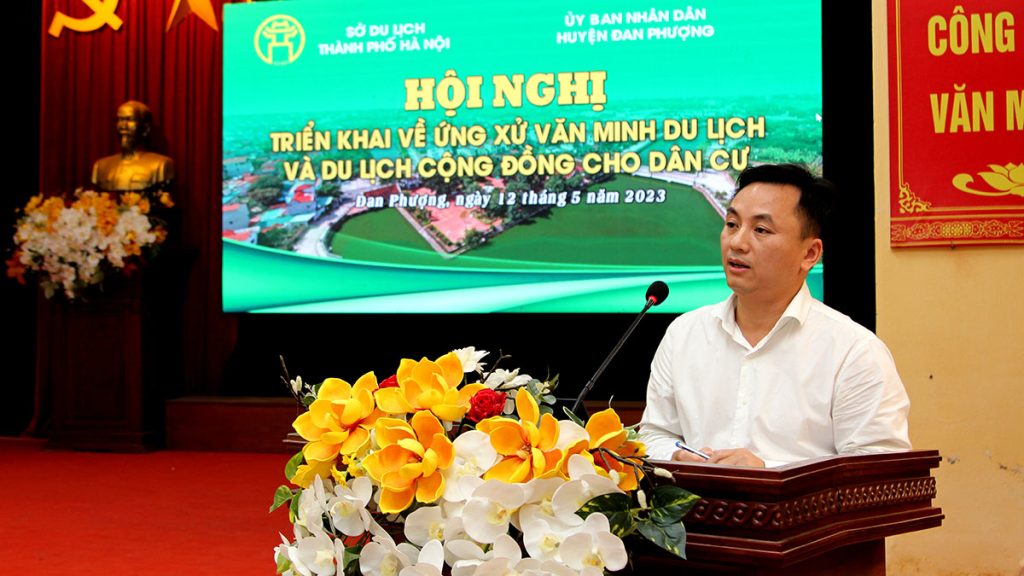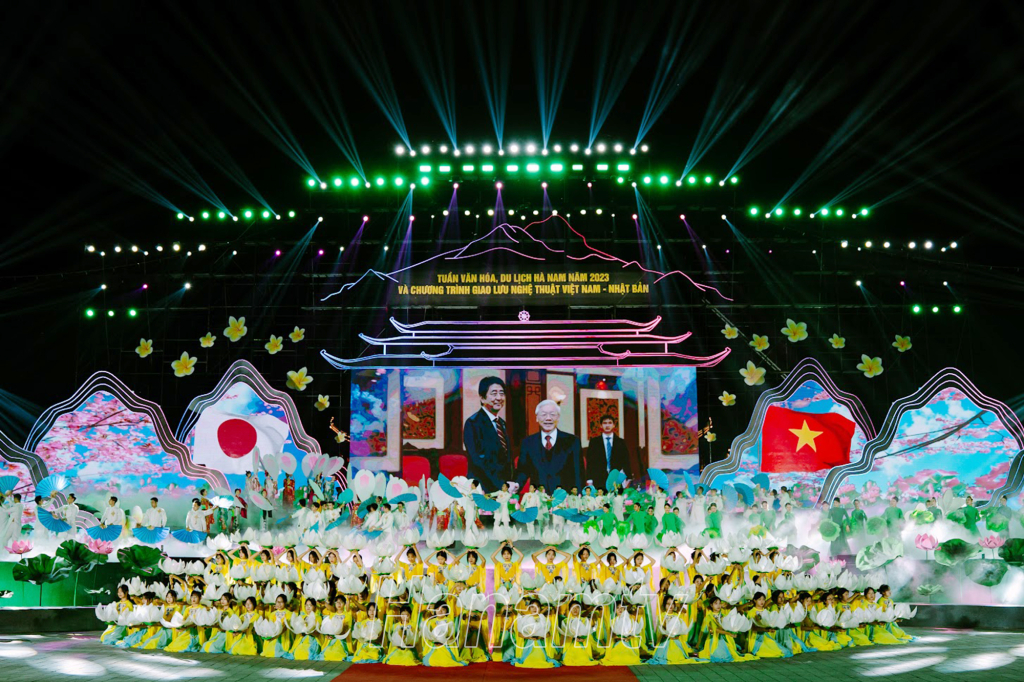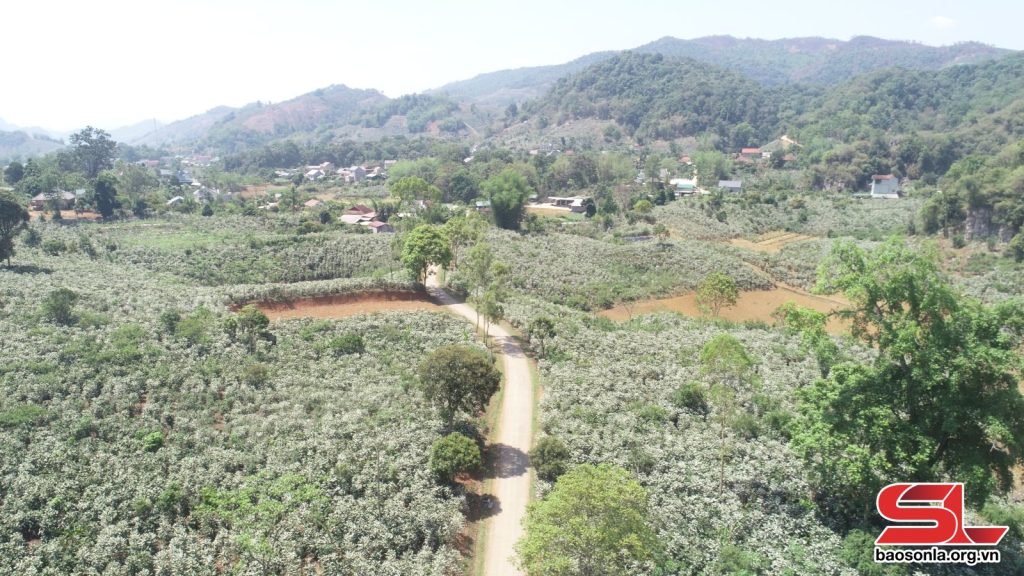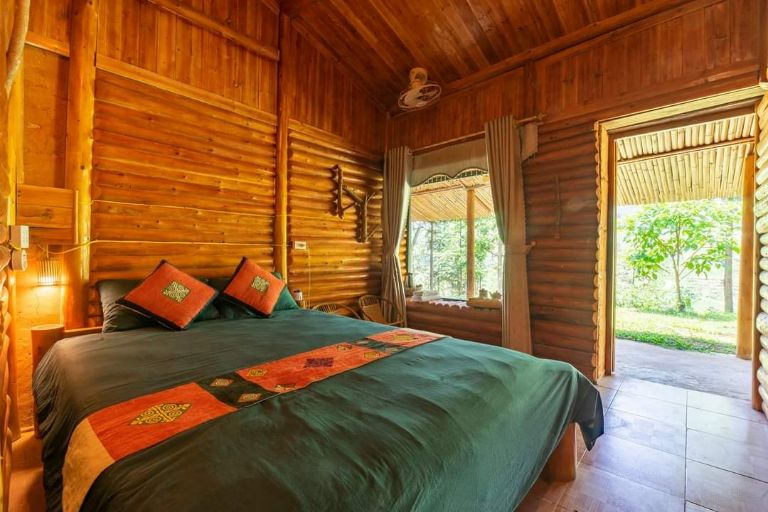(TITC) – As of July 1, 2025, the provinces of Quang Tri and Quang Binh officially merged to form the new Quang Tri province. This historic union marks the beginning of a new chapter in tourism development, unlocking greater potential for exploration and investment. Among its many offerings, rural tourism – rooted in nature, countryside life, and indigenous culture – is emerging as a powerful bridge connecting Quang Tri with domestic and international travelers.
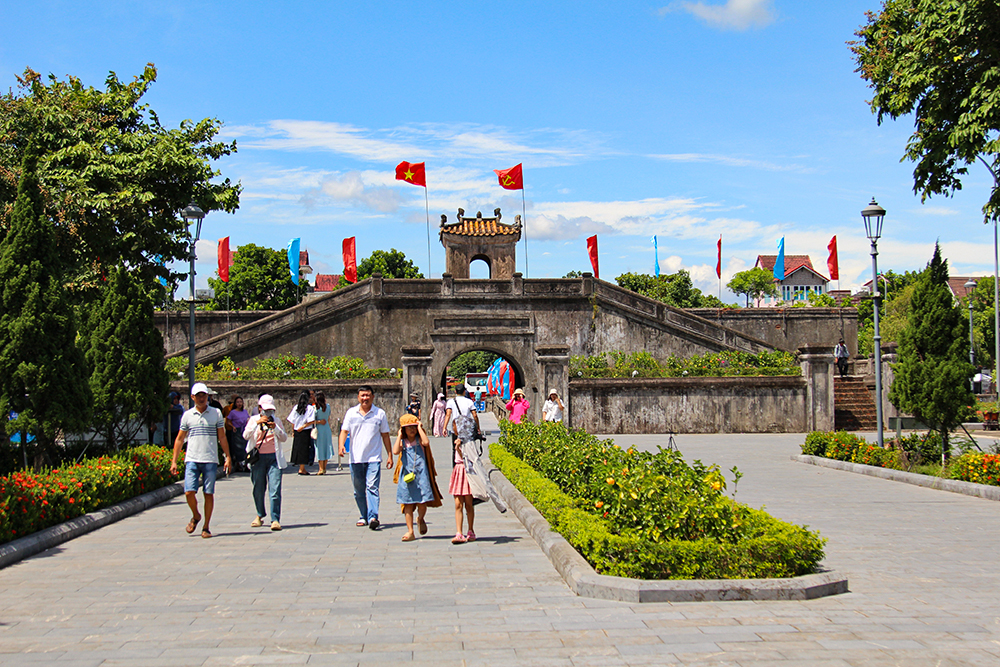
One Land -Two Spirits – A Journey of Profound Discovery
The former Quang Tri, known as the “heroic land of fire,” is a place steeped in war-time memories and sacred history. In contrast, the former Quang Binh captivates with its majestic natural wonders: intricate cave systems, untouched forests, and tranquil riverside villages. Now united, these two contrasting yet complementary landscapes form a new tapestry of rural tourism – a harmonious blend of memory, ecology, culture, heritage, and innovation.
Northern Region: From War-Torn Villages to Green Hope
Gio An – Clean Vegetables and Ancient Champa Wells
Gio An is a living testament to resilience. Once devastated by war, villages like An Nha, Xuan Loc, and Gia Binh have been revitalized with organic vegetable gardens irrigated by ancient Champa stone wells.
Visitors can take part in harvesting wild vegetables, learn how to make natural compost, cook with locals, and explore the unique architecture of the wells. Each activity is a chapter in the story of a land once ravaged by conflict, now blooming again through human determination.
Trieu Phong – Eco-Tourism Along the Thach Han River
The Thach Han River, once a silent witness to history, now nurtures communities embracing eco-tourism. Villages like Gia Dang (Trieu Long), Le Xuyen, and Dong Ha offer boat rides, vegetable gardening, bánh ít lá gai making, and cooking with local produce.
With tiled roofs, bamboo groves, and the sound of chickens, these experiences provide a refreshing escape for travelers.
Cu Bai – Community Tourism and the Spirit of Peace
Located in Huong Hoa’s highlands, Cu Bai village-home to the Van Kieu and Pa Ko ethnic groups-has transformed into a distinctive community tourism model. From a land once riddled with bombs and mines, Cu Bai now welcomes visitors with stilt houses, mine awareness tours, traditional weaving workshops, brocade craft, and cultural performances.
Southern Region: Heritage Countryside
Phong Nha – Bong Lai: Nature and Rural Charm Intertwined
The Phong Nha – Bong Lai region is not only home to world-renowned caves like Phong Nha and Son Doong but also a haven for countryside experiences. Villages such as Cu Lac, Bong Lai, and Tram Me offer relaxing stays and ecological education.
Tourists can bike through rice fields, paddle along the Son River, swim in mountain streams, farm with locals, and learn traditional cooking. Farmstays like The Duck Stop and Bong Lai Swing offer sustainable and delightful ways to immerse in rural life.
Le Thuy – Along the Kien Giang River, the Soul of Vietnam Lives On
Le Thuy’s rural charm is deeply rooted in Vietnamese heritage. Along the Kien Giang River, villages like An Xa, Xuan Bo, and Phong Thuy still preserve ancient homes, farming lifestyles, and age-old festivals such as boat racing and folk singing.
Visitors can explore old houses, make traditional cakes, go fishing, or pick lotus flowers in the summer-experiences that reflect the quiet, genuine spirit of the Vietnamese countryside.
One Quang Tri -Many Shades, One Journey – Infinite Memories
Amidst the noise and speed of modern life, rural tourism in Quang Tri offers a gentle yet compelling call: return to the countryside-return to sincerity, the scent of ripened rice, and the warm smiles of the locals.
From the land of fire to the land of heritage, Quang Tri has become a renewed destination-inviting all to embark on a meaningful, green journey through its landscape and culture.
Tourism Information Technology Center

